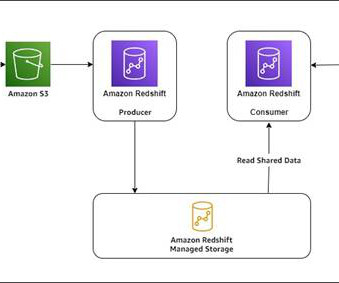What is data governance? Best practices for managing data assets
CIO Business Intelligence
MARCH 24, 2023
The Business Application Research Center (BARC) warns that data governance is a highly complex, ongoing program, not a “big bang initiative,” and it runs the risk of participants losing trust and interest over time.














Let's personalize your content